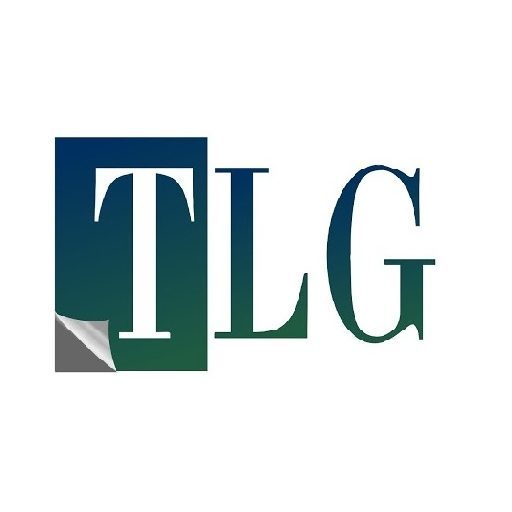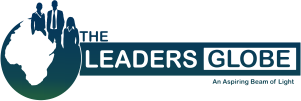Achievement gaps in education are not just academic disparities; they represent missed opportunities for growth, innovation, and social progress. For families, these gaps translate into limited prospects. For communities, they mean reduced economic potential. For policymakers and institutions, they reflect systemic shortcomings. Equity-focused leadership aims to reverse this trend by ensuring that every student, regardless of background, receives the right support to thrive.
As one education leader explained, “Equity means every student gets the support needed to succeed.” This definition captures the heart of the mission: shifting from equal treatment to fair treatment, where resources and strategies align with individual student needs.
Beginning Early: Building Strong Foundations
Studies consistently show that achievement gaps emerge early in a child’s life and grow with time if not addressed. Educational leaders can intervene by investing in:
- High-quality early childhood education that prepares children before formal schooling begins.
- Stronger teaching in the early grades, focusing on literacy and numeracy.
- Reducing grade retention and early failure through intervention and personalized support.
Laying these foundations early provides a lasting advantage, setting children on a trajectory toward long-term success.
Evidence Over Assumptions
Effective leadership relies on strategies backed by data and research rather than trends or slogans. Large-scale educational research emphasizes the importance of targeting teaching practices that show measurable results. Clear learning goals, constructive feedback, and strong teacher-student relationships consistently drive achievement.
Educational leaders are encouraged to focus on actions with proven impact rather than scattering resources across less effective initiatives. Precision and consistency in choosing interventions ensure that students benefit directly from leadership decisions.
Instruction That Works: Explicit and Consistent
High-performing schools often stand out not because of extraordinary resources but because of clear, consistent instructional practices. Teachers in such schools use explicit instruction, set measurable learning goals, and apply common routines across classrooms.
Practical steps include:
- Defining learning objectives in simple, student-friendly terms.
- Aligning teaching methods across grades and departments.
- Tracking student progress weekly to identify gaps quickly.
When instruction becomes predictable and structured, students particularly those from disadvantaged backgrounds, gain confidence and clarity in learning.
Tackling Time, Tutoring, and Attendance
Three critical levers help address achievement gaps: additional learning time, tutoring, and improved attendance.
- High-dosage tutoring: Delivered frequently, aligned with classroom teaching, and guided by trained staff.
- Attendance initiatives: Early outreach to families, addressing transportation barriers, and creating welcoming school environments.
- Extended learning time: After-school or summer programs designed to reinforce learning rather than just provide childcare.
These measures are effective when treated not as optional add-ons but as central strategies embedded in school improvement plans.
Funding by Need, Not Averages
Traditional funding models that distribute resources equally often fail to address inequality. Schools serving higher-need populations require greater investment in staffing, materials, and student support services. A fairer approach is to allocate budgets based on weighted formulas that prioritize need.
This ensures that students facing greater challenges, whether due to poverty, disability, or language barriers, receive the resources necessary to level the playing field.
Breaking Structural Barriers
Equity cannot be achieved without addressing the structural barriers embedded in school systems. Inclusive education policies ensure that students with disabilities, English learners, and those from underserved backgrounds have equal access to advanced courses and college preparation programs.
Educational leaders play a key role in aligning policies with practice:
- Ensuring legal compliance with special education and inclusion standards.
- Training teachers in culturally responsive and inclusive practices.
- Monitoring access to advanced and enrichment opportunities.
Removing barriers expands opportunities for students who might otherwise be sidelined by systemic limitations.
Beyond Academics: Teaching the Whole Child
Achievement gaps often reflect social and economic inequities as much as academic differences. Schools that succeed in closing gaps recognize the importance of nurturing the “whole child.”
This approach includes:
- Building strong advisory and mentoring systems.
- Creating culturally relevant curricula that reflect student identities.
- Using project-based learning to connect classroom lessons to real-world issues.
When students feel seen and valued, engagement rises, and so does achievement.
A Leadership Playbook for Closing Gaps
Educational leaders can use a practical framework to drive results:
- Name the gap: Share disaggregated data openly and set measurable targets.
- Focus on proven strategies: Invest in practices with clear evidence of success.
- Guarantee extra learning time: Integrate tutoring and extended support into the school day.
- Invest early: Expand access to quality preschool and monitor early literacy closely.
- Fund fairly: Direct resources where they are needed most.
- Ensure inclusion: Audit access to advanced courses and provide co-teaching models.
- Make learning relevant: Use real-world projects to sustain motivation.
Measuring What Matters
Leaders must track progress not only in test scores but also in key equity indicators:
- Growth rates rather than just proficiency benchmarks.
- Attendance recovery as an early warning system for disengagement.
- Course access and completion, ensuring diverse representation in advanced classes.
- Belonging and safety through regular student surveys.
- Transition milestones from pre-K to kindergarten, middle to high school, and high school to higher education.
By focusing on these indicators, leaders can identify emerging issues early and respond before gaps widen.
Culture as the True Multiplier
At the heart of every successful equity initiative is culture. Teachers need shared time for planning, families need transparent communication, and students need frequent recognition of progress. Schools that consistently close achievement gaps often highlight high expectations, community engagement, and a culture of collaboration.
As one researcher aptly put it, “Every student can learn when the system makes learning possible.”
Conclusion
Equity in education is not an abstract ideal; it is a practical commitment to ensuring that every learner gets what they need to succeed. Leaders who prioritize proven strategies, allocate resources by need, and track meaningful indicators can close achievement gaps. The result is more than academic improvement; it is stronger trust, healthier communities, and a future where opportunity is not determined by circumstance but by potential.




